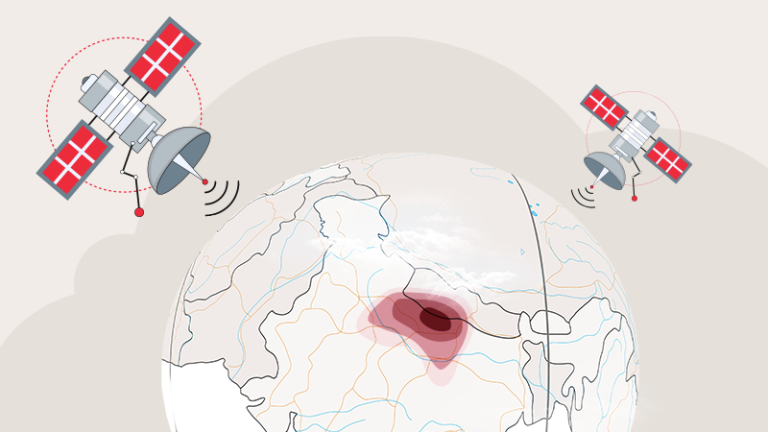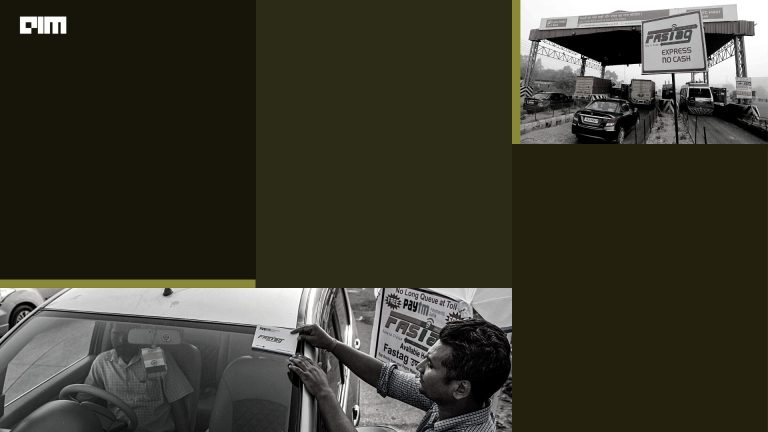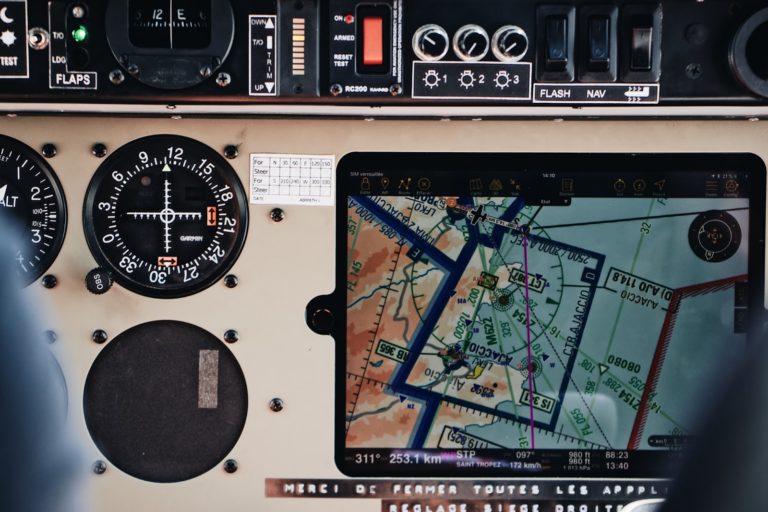|
Listen to this story
|
In February 1999, when Pakistani soldiers set up bases on 132 vantage points of the Indian-controlled region at Kargil, the Indian government sought global positioning system (GPS) data for the region from the US government; however, the request was denied. The data would have played a pivotal role and significantly helped India cut down on its losses.
While discussions around building an indigenous satellite navigation system were already taking place during that time, the Kargil War expedited the need and Navigation with the Indian Constellation (NavIC) was born.
More than two decades after the Kargil War, the government is now looking to mandate every phone manufacturer operating in India to make their smartphones compatible with NavIC.
NavIC
The decision to develop an indigenous satellite navigation system was taken in 2006, and a budget of around INR1426 crore was approved. The navigation system, which has been operational since 2018, was initially named the Indian Regional Navigation Satellite System (IRNSS); however, it was later renamed NavIC (Navigator in Hindi) by Prime Minister Narendra Modi.
Developed by the Indian Space Research Organisation (ISRO), NavIC consists of eight satellites: IRNSS-1A, IRNSS-1B, IRNSS-1C, IRNSS-1D, IRNSS-1E, IRNSS-1F, IRNSS-1G, IRNSS-1I. It covers India’s entire landmass and up to 1,500 kilometres from its boundaries. There are plans to increase the number of satellites to 11 to further expand the coverage.
NavIC’s constellation consists of three Geostationary Earth Orbit (GEO) satellites and four Geosynchronous Orbit (GSO) satellites. Unlike GPS, NavIC satellites use dual frequency bands, L5 (1.17GHz) and S band (2.5 GHz), which allow it to be more accurate compared to GPS, which uses a single band. These satellites are situated in a much higher orbit, positioned around 36,000 kilometres from Earth; hence, the signal is less prone to obstructions.
NavIC provides Standard Position Service (SPS) and Restricted Service (RS). The positional accuracy of SPS is between 10–20 metres and is for civilian use. Whereas the positional accuracy of RS, an encrypted service, is around 0.5–5 metres and is for the use of the Indian armed forces.
Despite being operational since 2018, we have witnessed very limited use of NavIC. Currently, it is being used for public vehicle tracking, providing emergency warning alerts to fishermen venturing into the deep sea, and tracking and providing information related to natural disasters.
NavIC compatibility is an issue
Phone makers are worried that making their phones NavIC compatible would mean higher hardware and R&D costs. Besides, the regulatory testing associated with the change would also involve a greater cost and time.
While initial media reports suggested that the government would mandate smartphone manufacturers to make their phones NavIC compatible by 2023, the Ministry of Electronics and IT clarified by saying, “A media report has claimed citing a meeting that mobile companies were asked to make smartphones compatible with NavIC within months. This is to clarify: (1) No timeline has been fixed. (2) The cited meeting was consultative, and (3) the issue is under discussion with all stakeholders.”
Even if there is no deadline, concerns and challenges remain.
NavIC uses L5 satellite frequency, whereas GPS relies on the L1 frequency. Most phones in the market today come with chips that support GPS-compatible L1 frequency. Making their phones NavIC-compatible could mean introducing a whole new chip or dual band chipsets which support both GPS and NavIC.
Given the smartphone market in India is highly competitive, the changes could push the prices of smartphones in India, especially in the budget and mid-range segments.
The challenges are not solely limited to hardware; many software changes are also required, which could further spike the costs incurred by the phone makers.
NavIC compatible chipsets
While NavIC is an issue, some chipsets in the market do support NavIC. US-based chipmaker Qualcomm is already manufacturing chipsets that support NavIC. Its processors, such as Snapdragon 720G, Snapdragon 662, Snapdragon 460 and Snapdragon 865, which support NavIC, are being used by RealMe and Xiaomi.
Many phone makers also use chips made by Taiwan-based MediaTek, especially for their mid-segment devices. MediaTek is also making its 5G chips NavIC compatible. With the recent launch of 5G in India, phone makers are looking to make their 5G phones NavIC compatible.
IIT-Bombay has developed DHRUVA, an indigenous NavIC-capable RF receiver, to address this issue. DHRUVA is the first indigenously designed navigation receiver chip, and it supports the L5 frequency for NavIC as well as the L1 and L2 frequency for GPS. Given the government’s push to make India self-reliant, especially in terms of technology, DHRUVA could prove to be a game changer.
Besides, ISRO plans to launch a satellite in the next two to three years, which would support the L1 frequency.
When it comes to smartphones, there are products in the market that are NavIC compatible. Smartphones from manufacturers such as Xiaomi, Realme, Oppo, Vivo, and OnePlus are already NavIC compatible.
Most of the phones today support GPS or Russia’s GLONASS, China’s BeiDou and EU’s Galileo; however, these navigation systems have existed for a while now and NavIC is comparatively new. Hence, making all phones NavIC-compatible would require time.














































































